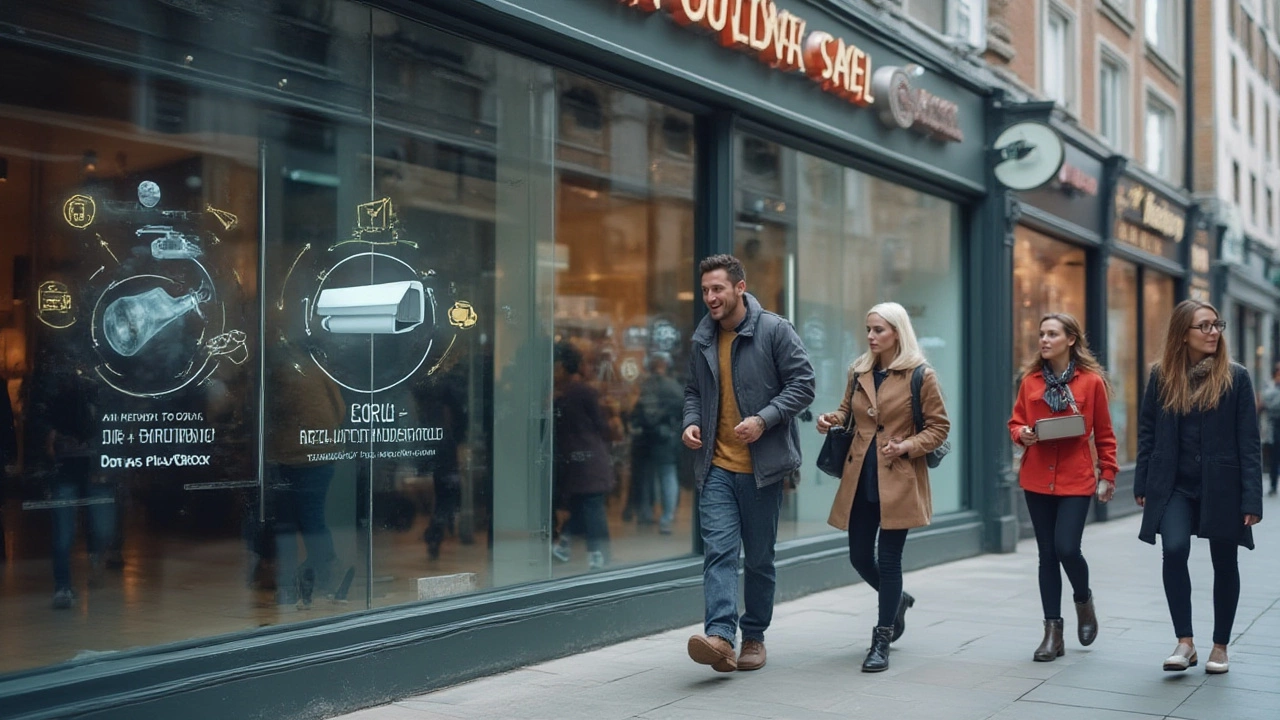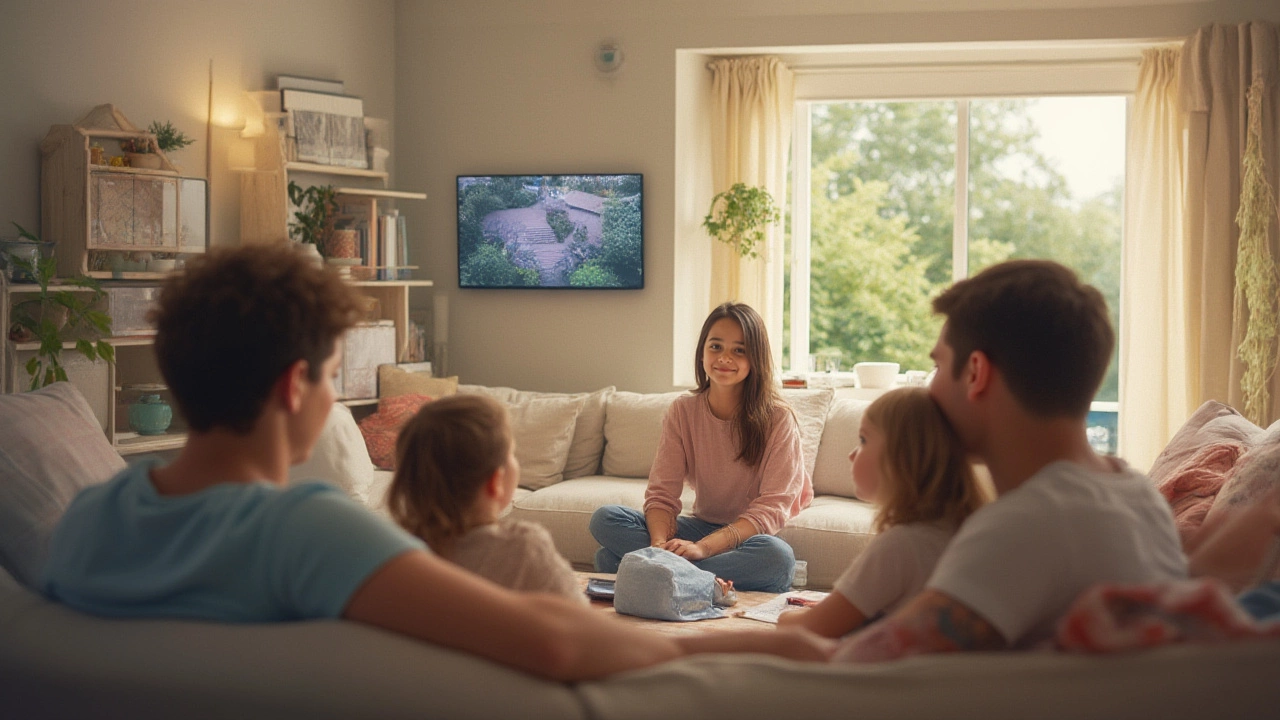Picture this: someone mentions they’ve just installed a camera to keep an eye on their property. Most of us nod, thinking we know exactly what they mean. Yet, there’s a twist—ask ten people the difference between a security camera and a surveillance camera, and you’ll get ten different answers, all with a confused shrug. The curious thing is, these two types of cameras might look the same, but they play very different roles in how we protect what matters, whether it’s our homes in Wellington or a 24/7 car park in Auckland’s busy CBD.
The Heart of the Matter: Security Cameras and Surveillance Cameras Unpacked
Let’s skip the textbook jargon and just say it: a "security camera" and a "surveillance camera" do have unique jobs. At first glance, their main job seems the same—keep watch. But think of a security camera like the old-school neighbourhood cop, always watching, ready to sound the alarm and act fast. Security cameras are mostly set up to catch crooks as they walk in or when someone smashes a car window. They’re focused on the moment, always live, and often hooked into alarms or instant notifications. If you’ve ever had your phone buzz late at night because your camera caught movement by the back gate—that’s classic security camera behaviour.
Now, surveillance cameras take a longer view. Imagine a group of quiet detectives collecting clues in the background. Surveillance cameras are all about watching and collecting footage over time. A mall might use them to keep tabs on where crowds gather or how people act on the property every day. They don’t always send out alerts, but they quietly record, giving security teams a library of evidence if something weird happens. In Wellington, the city council’s public cameras are prime examples—nobody’s getting an alert every time someone walks past Cuba Street, but if there’s an incident, the footage is ready to dig into.
Another good way to spot the difference? Security cameras usually have fancy extras—motion sensors, flashing lights, real-time notifications, maybe even two-way audio for yelling at the courier to leave the parcel behind the pot plant. Surveillance cameras, on the other hand, tend to be silent watchers, installed high and out of reach, focused on collecting evidence instead of stopping crime as it happens.
Of course, tech keeps blurring the lines. There are now ultra-smart systems that mix features from both worlds, making definitions trickier than a classic Kiwi weather forecast. Still, knowing who does what can help you figure out exactly what you need—protection now, or footage for later.

How Each Camera Works and Where You’ll See Them
So, what nuts-and-bolts differences are we dealing with here? It’s all about the setup and purpose. Security cameras are generally installed in the most obvious spots—the front porch, above the garage, or near the main gate. You want would-be burglars to notice these cameras and rethink their plans. Most security cameras connect to an alarm system, sending alerts to you, a monitoring service, or both. The big goal is to make criminals bolt before they get close to your stuff.
Security cameras often come with local storage (think SD cards) or cloud storage. If trouble goes down, you’ll have the video handy on your phone. Some brands like Arlo or Ring let you yank up a live feed from anywhere—handy if you’re off hiking in the Tararuas and your neighbour says someone’s prowling around your letterbox.
Here’s a breakdown of common security camera features versus surveillance camera features:
| Feature | Security Camera | Surveillance Camera |
|---|---|---|
| Real-Time Alerts | Yes | Rarely |
| Motion Detection | Common | Sometimes |
| Two-Way Audio | Often | Unlikely |
| Deterrence (Lights/Sounds) | Sometimes | No |
| Continuous Recording | Occasional | Standard |
| Evidence Collection | Secondary | Primary |
Surveillance cameras, on the other hand, tend to work as part of much bigger systems, covering every angle of a large property, shopping centre, or even the city streets. Think about those domes stuck to the ceilings in supermarkets, or clusters of cameras watching every entrance of a university campus. Their mission is less about scaring away trouble on the spot and more about making sure there’s a complete record if something goes sideways. Surveillance systems usually record round-the-clock, often storing video for months, and are seldom checked live—unless someone’s got a reason.
Here’s a fun fact you might not know—New Zealand’s Privacy Commissioner has clear guidelines on surveillance camera use in public spaces, but individual homeowners face almost no restrictions as long as cameras don’t target areas like a neighbour’s living room or backyard. This means you can make your own security choices at home, picking whichever camera suits your spot best. At the same time, most businesses here are legally required to display signs if cameras are recording—a handy tip for anyone thinking about installing them at a workplace.

Which Camera Do You Need? Real-Life Choices and Tips
Alright, let’s bring this all together in a practical way. If you’re trying to protect your home, you want a camera that acts quickly. Security cameras are designed for this—they send instant alerts, let you monitor live footage, and scare potential thieves by their sheer presence. Brands like security camera giant Hikvision, Ring, or Reolink are constantly updating their tech to make homes safer in smarter and more user-friendly ways. You can even get security cameras with facial recognition, pet detection, or integration with smart lights and alarms. Bonus: some models automatically store footage in the cloud, so even if someone swipes the camera or smashes it in, your evidence survives.
On the flip side, surveillance cameras shine if you’re in charge of a business, retail store, or apartment complex and need to keep tabs on who’s been where and when. The best surveillance setups often include a central recording device—like a network video recorder (NVR)—that can handle streams from dozens of cameras at once. These systems help build patterns. For example, a café owner might use surveillance video to catch not just theft, but figure out what hours are busiest or whether deliveries are being made as scheduled. In Wellington, the public transport network relies on surveillance cameras to spot issues from vandalism to overcrowding, with footage regularly reviewed to improve safety for everyone.
Here are some tips if you’re weighing up what camera fits your needs:
- Put yourself in the shoes of a thief: Would a big, visible camera make you think twice? Go security. Prefer to blend in and keep long records? Go surveillance.
- Think about your neighbourhood. Some Wellington suburbs see more opportunistic break-ins, so live alerts matter. In office parks or industrial zones, ongoing surveillance creates a paper trail nobody can mess with.
- Mix it up—hybrid setups can give you the best of both worlds: a couple of obvious security cameras for deterrent power, plus a few extra surveillance cameras quietly building your archive of what’s happened.
- Check your local laws. Especially with new privacy rules popping up, you don’t want to cross a line and end up with a letter from your neighbour—or worse, the council.
- Pay attention to storage. Even the best footage is useless if your memory card fills up or the cloud backup fails.
Data from a 2024 New Zealand Home Security Survey shows that 69% of homeowners preferred cameras with real-time alerts, while only 27% said they ever went back to review archived footage unless there was a known incident. That suggests—at least for private homes—a security camera is usually the smarter bet. Still, businesses and public spaces continue to pour millions into complex surveillance systems, because evidence matters most in those scenarios.
One last point—don’t underestimate how quickly camera tech moves. AI-based tracking, automatic license plate recognition, and even colour night vision are making both security and surveillance cameras wildly more capable. This means you’re not stuck with old-school grainy video from yesteryear. Whether you want to talk to delivery drivers or need clear evidence after an incident, you’ll find options that fit the bill and your budget. Pick smart, stay safe, and make tech work for you, not the other way round.

